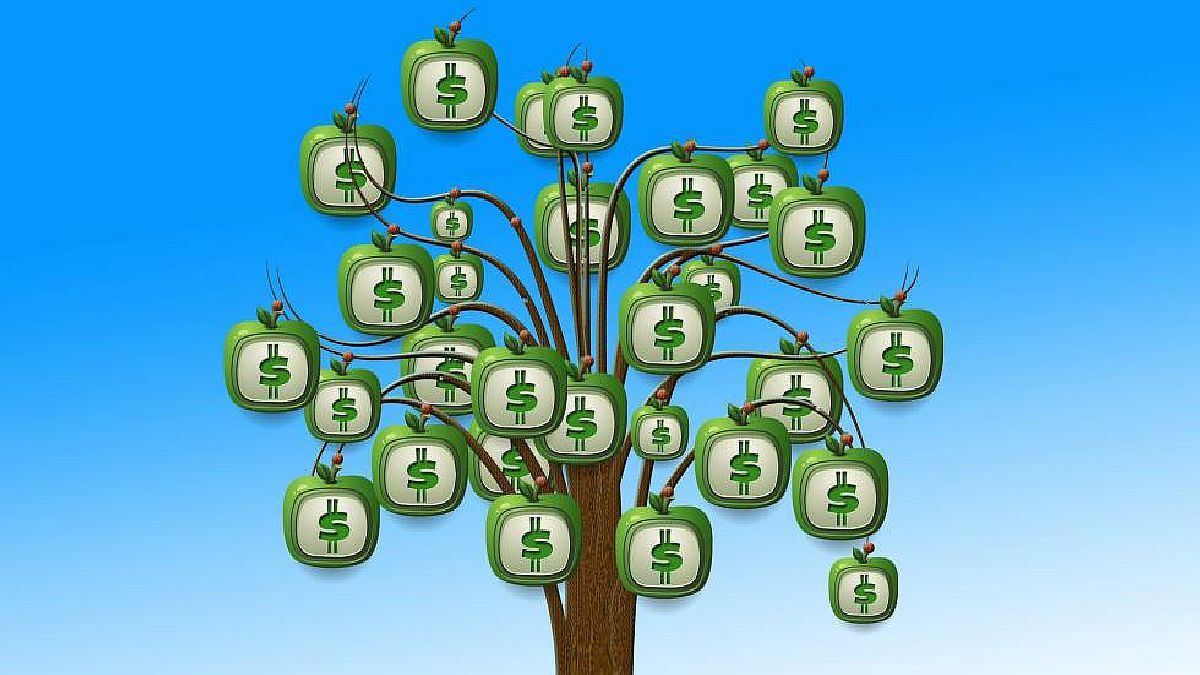From owners of residential houses and owners of companies in the geographical area directly affected, to huge losses of insurance companies, and of thousands of investors (institutional and individual) who had shares and/or debt of an emblematic company in their portfolios. To this must be added the indirect loss of future retirees, and of investors from different latitudes. After this tragic event, the link between finance and climate change was starkly exposed.
Green Finance.jpg
This shows the financial consequences of a type of risk that the Davos Economic Forum has been warning about for years. And a clear example of an environmental risk that effectively led to economic losses. Within climatic risks, the “physical risk” is that derived from extreme natural disasters: fire, floods, droughts, severe storms, hurricanes, among others. Statistics show that in the last 50 years, there has been an increasing number of extreme weather events, and that the damages suffered are increasing (measured in deaths and economic losses).
The Paris Agreement, signed seven years ago, was one of the limited successes that climate diplomacy can claim in several decades. Negotiated mainly by the two major world powers, which coincide with the biggest polluting countries, the agreement includes a generally overlooked section that expressly mentions finance and environmental issues. In this case, the point of contact is article 2.1, which includes the need to align financial flows with global low-carbon development. In 2020, the OECD had estimated that, globally, about 6.3 trillions of euros by year, to achieve the objectives of the agreement sealed in the French capital. If we consider that the set of “climatic” bonds added only one trillion euros in 2021, the gap predicts a relationship for many more years between the environmental and financial sectors.
The reading should be interpreted in two ways: on the one hand, it is It is necessary to limit the environmental risks of various types, identifying, weighing and mitigating this type of risk. This approach focuses on the environmental risk that must be incorporated by the financial sector and that, over time, has been adding additional social and governance aspects, forming what is now known as criteria. ESG.
On the other hand, the financial sector can originate funding for activities that incorporate these environmental, social and governance criteria. This is how the Thematic Bonds, characterized by the specific allocation of funds. Within them, the Green Bonds finance renewable energy and energy efficiency; clean construction and transportation, smart agriculture; sustainable livestock; waste and water, among others.
Only a joint effort between the financial sector as a whole, and the real economy sector, acting under adequate incentives and regulations that progressively incorporate ESG criteria in a clear and transparent manner, will make it possible to close this gap. The objective must be to transform a still distant relationship into a bridge that facilitates development in accordance with what future generations deserve, and what the international community demands in these challenging times.
Director of the Green Bonds and Sustainable Finance Program UCEMA.
Source: Ambito




